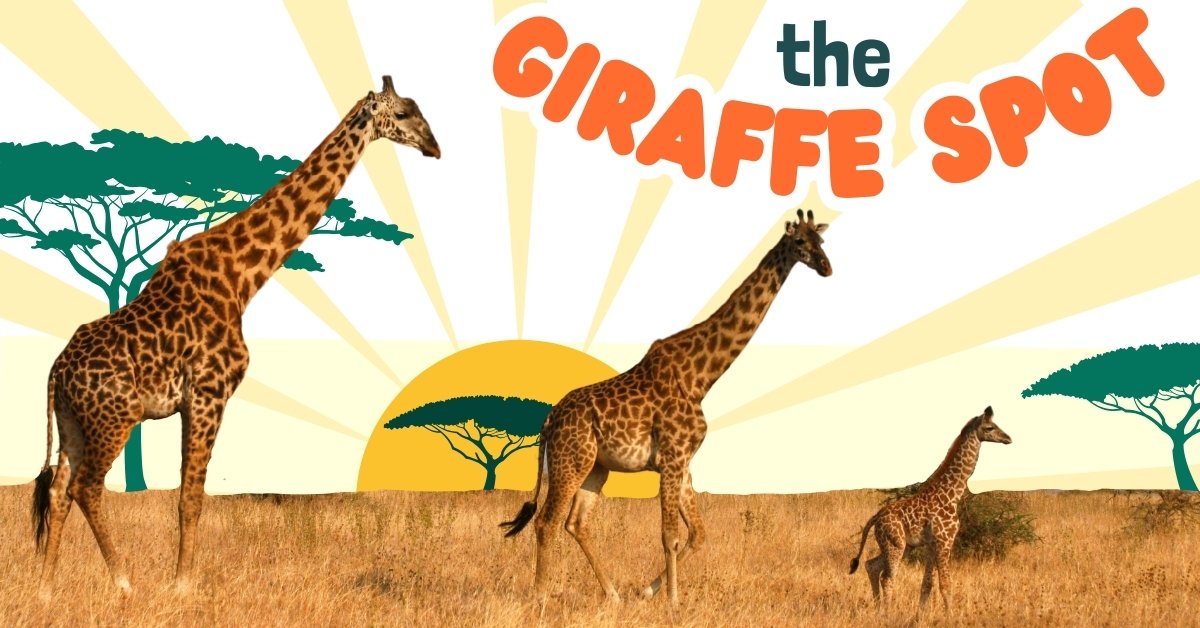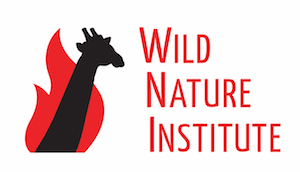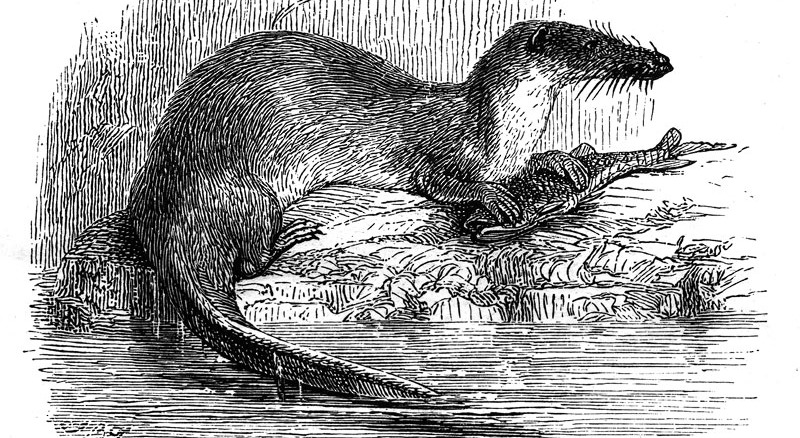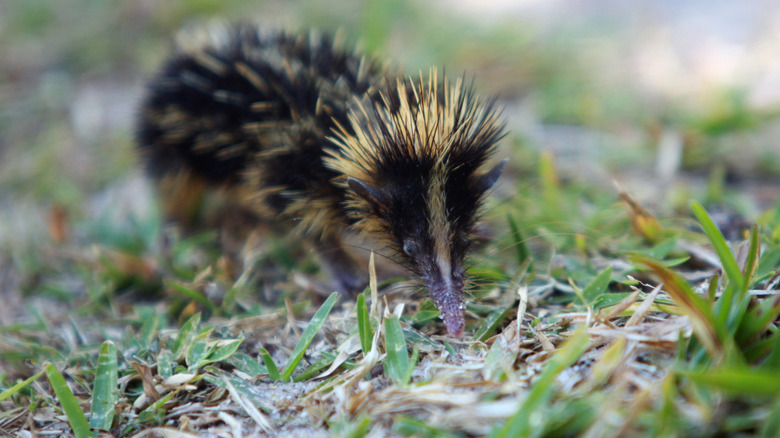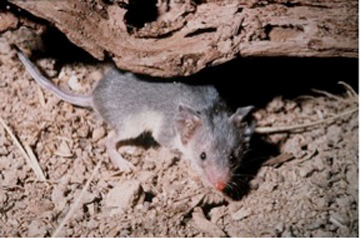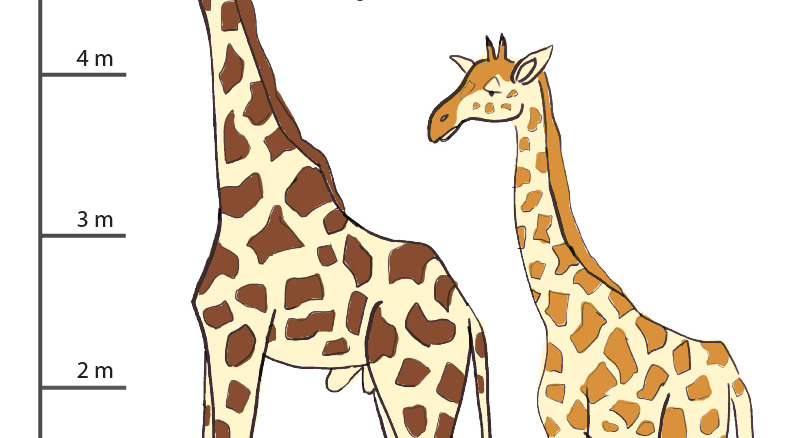Giraffe conservation alert!
Did you know that some types of giraffes are at risk of extinction in the wild?
Until the 21st century, people assumed that giraffes were doing fine and did not worry too much about their conservation. We now know that giraffes and their habitat face the same conservation challenges as many other species of African megafauna (big animals).
Giraffes are disappearing from some parts of Africa because their habitat is being converted to cities, roads, and farms. This process is called habitat loss. It is a challenge for nature conservation everywhere. Giraffes also face other threats such as poaching (illegal hunting).
The good news is that we now have a better understanding of the conservation challenges giraffes face. Conservationists are exploring solutions to meet these challenges.
Images: Megan Strauss
How many types of giraffes are there?
For many years scientists thought that there was only one species of giraffe in Africa (scientific name: Giraffa camelopardalis). Giraffes historically lived all around Africa – in the west, north, east, and southern parts of the continent.
Did you know that giraffes that live in different regions have spot patterns that are different from each other? Scientists used these spot markings and also differences in horn and skull shape to break giraffes into nine separate subspecies.
Historically, people did not pay much attention to the conservation status of any particular giraffe subspecies. They figured that there was really only one giraffe species, and that there were plenty of them in Africa.
However, in the 21st century scientists explored the genetic differences between the nine different giraffe subspecies and they found a surprise! They found that there is not one giraffe species like people first believed.
Several of the giraffe populations defined as distinct subspecies are actually very different from each other! In fact they are so different that scientists think that they may be distinct species of giraffes.
How are giraffes doing in the wild?
In recent years, conservation scientists have been assessing how many giraffes there are in the wild. To their surprise they are finding that there are far fewer giraffes than they had expected.
There are probably around 400,000–500,000 elephants in Africa, but fewer than 100,000 giraffes. The number of giraffes left in the wild is roughly equal to the population size of a medium-sized city in the USA, such as Ann Arbor, MI, Cedar Rapids, IA, or Springfield, IL.
Sadly, we’ve also learned that some types of giraffes are now known to be endangered and at risk of extinction. The reticulated giraffe is one kind of giraffe that was once called a subspecies, but may actually be a distinct species. Reticulated giraffes are defined by reddish-brown spots connected by a network of white lines. This network is called a reticulation, and gives the reticulated giraffe its name.

Image: Snakes3yes, CC BY 2.0 <https://creativecommons.org/licenses/by/2.0>, via Wikimedia Commons
Reticulated giraffes live in northern Kenya, Somalia, and Ethiopia. The reticulated giraffe population was estimated to be stable until the late 1990s at around 27,000 giraffes. Severe poaching and armed conflict across its range has reduced it to perhaps fewer than 7000 individuals, or about one-fourth of its former population. The reticulated giraffe became endangered without people really noticing.
The West African giraffe is another endangered giraffe. Within the West African giraffe group there are only about 300 giraffes remaining west of Cameroon, but until the mid-20th century there were thousands.
One of the most important things we can do for giraffes is to pay attention to how they are doing in the wild. Now that we know giraffes are in trouble, we can work together to help them.

